For most national leaders, there is an old rule of thumb: When trouble at home rises to the surface, focus on foreign affairs. That may explain why Russia’s President Vladimir Putin has been so noticeably busy in recent days meeting with Germany’s Angela Merkel and talking with America’s Donald Trump and Turkey’s Recep Tayyip Erdoğan. Putin’s popularity in Russia remains amazingly high, but there are clearly problems on the near horizon.
In late March, for example, Putin faced surprisingly large anti-corruption demonstrations in cities all over the country. Hundreds of people were arrested. Putin has always feared demonstrations that he does not orchestrate. In late April, there were other demonstrations, smaller in size but powerful in message. In many cities, Russians submitted letters of protest to local authorities objecting to plans for Putin to run next year for a fourth term in office. “Nadoel,” they shouted. “Enough!” The respected Levada Center in Moscow recently produced poll numbers that must have caught Putin’s attention. The last time he ran—in March 2012—he won 63.6 percent of the vote. Poll numbers this time say he would win only 48 percent, a drop of roughly 15 percent.
It is not known whether it was Putin himself who ordered a rash of pro-Putin hooligan attacks on political opponents in recent weeks, but they occurred in Moscow, St. Petersburg, and other major cities. Alexey Navalny, a young, charismatic politician who hopes to run against Putin, was partially blinded when a hooligan splashed zelyonka, a green liquid tinted with poison, on his face, effectively blinding one eye. The attack was televised, prompting Navalny to conclude: “this is the best proof that the FSB [the security services] and the [Presidential Administration] were also involved. It is their trademark style.”
Though Putin struts across Russia like a Peter-the-Great colossus—suggesting to the world that he can do anything he wants, anywhere—he is actually a small man, increasingly bedeviled by insecurities. And he apparently needs hundreds of thousands of troops to look after his personal security needs. In April 2016, he turned to his obedient parliament and demanded the establishment of a new military force, specifically assigned to protect him from what he feared might be another of the popular, pro-democracy “color revolutions” racing through Eastern Europe.
Putin was always worried about the contagious effect of the “rose revolution” in neighboring Georgia in 2003, the “orange revolution” in Ukraine in 2004 and the “tulip revolution” in Kyrgyzistan in 2005. Might a red-white-and-blue revolution one day sweep through Russia and dump him (Putin) into the ashcan of history? That was clearly Putin’s fear in the winter of 2011 and 2012, after a round of disputed parliamentary elections, when the streets of Russia suddenly erupted with angry demonstrators demanding an end to Putin’s rule. Concerned that he was on the edge of losing power, he crushed this popular uprising and stiffened his already tight grip on power.
A similar wave of anxiety hit the Kremlin in late November 2013, when the historic Maidan revolt in neighboring Ukraine burst into headlines around the world. Putin worried that the fiery Maidan demands for freedom and democracy might soon ricochet through Russia and topple him from power. He felt he had to act, and quickly.
Behind the resplendent cover of the concluding winter Olympics in Sochi in February 2014, he ordered Russian special forces to seize Crimea, and, two weeks later, to cross Russia’s international boundary with Ukraine and stimulate a pro-Russia rebellion in the southeast corner of the country, an industrial region called the Donbas. The Western world, led by the United States, reacted with horror, imposed economic sanctions, and cut many economic and diplomatic ties. A new cold war seemed to rise from the ashes of Russian aggression, reminding everyone that the world was again a very dangerous place.
Putin explained: “We see what tragic consequences the wave of so-called color revolutions led to. We should do everything necessary so that nothing similar happens in Russia.”
What he considered “necessary” was the establishment of the National Guard, composed initially of 187,000 troops under the command of the Ministry of Internal Affairs but soon to blossom into an army of 350,000 to 400,000 troops loyal only to one person: Putin. It was his Praetorian Guard. Its commanding general was Viktor Zolotov, who had been Putin’s personal bodyguard since 1998. The National Guard had the right to arrest anyone without a judicial order, to shoot anyone without warning, to disband any organization considered dangerous to him or to Russia’s national security. If anyone doubted its arbitrary toughness, it moved quickly to absorb so-called Kadyrovtsi, Chechen troops loyal to strongman Ramzan Kadyrov and known for their brutality, into its ranks.
Like most autocrats, Putin has come to believe that he alone can save Russia from internal subversion and foreign aggression. Though he had—and still has—authority over an organized military force numbering 771,000 troops, sailors, and airmen; a domestic police force of more than 904,000 officers; and an untold number of security troops, he still wanted a National Guard of up to 400,000 additional troops for his own personal protection.
Against whom would he need the National Guard? Apparently, against his own people.
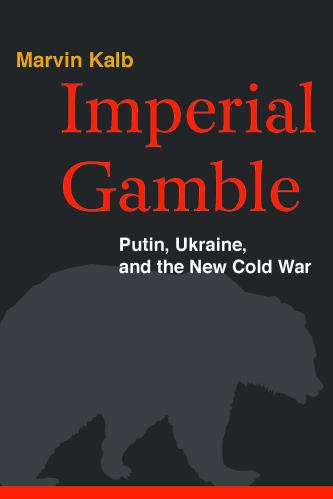
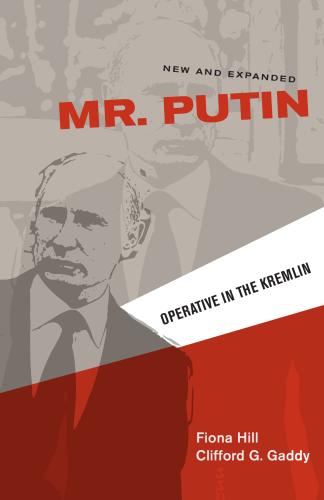
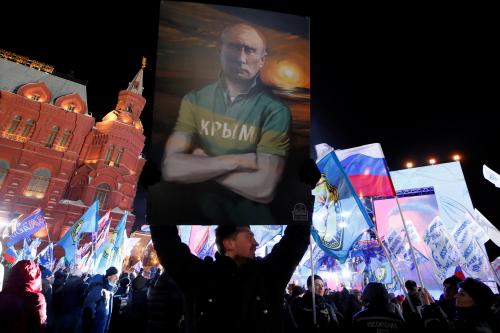
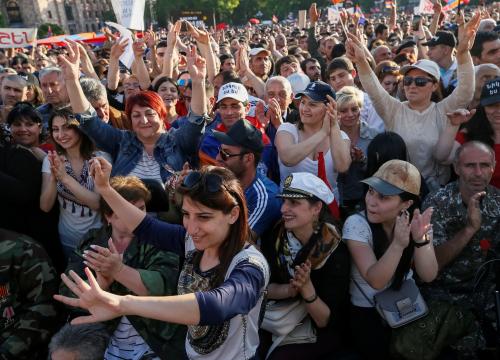
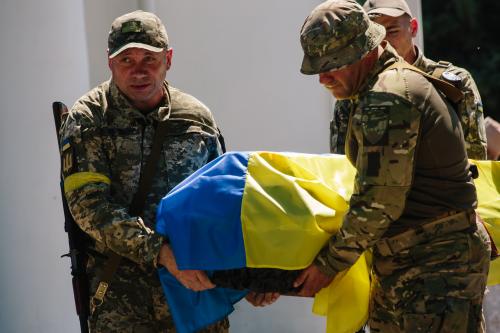
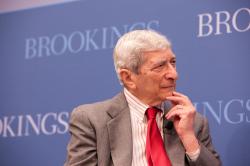

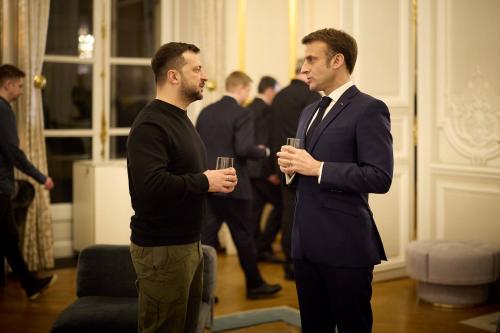
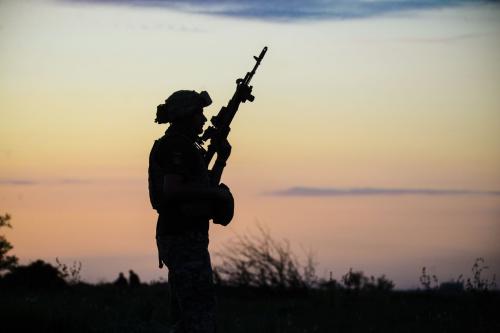
Commentary
Why Putin needs a praetorian guard
May 3, 2017